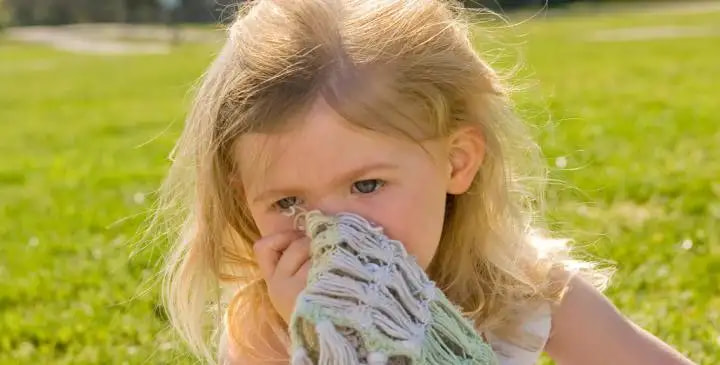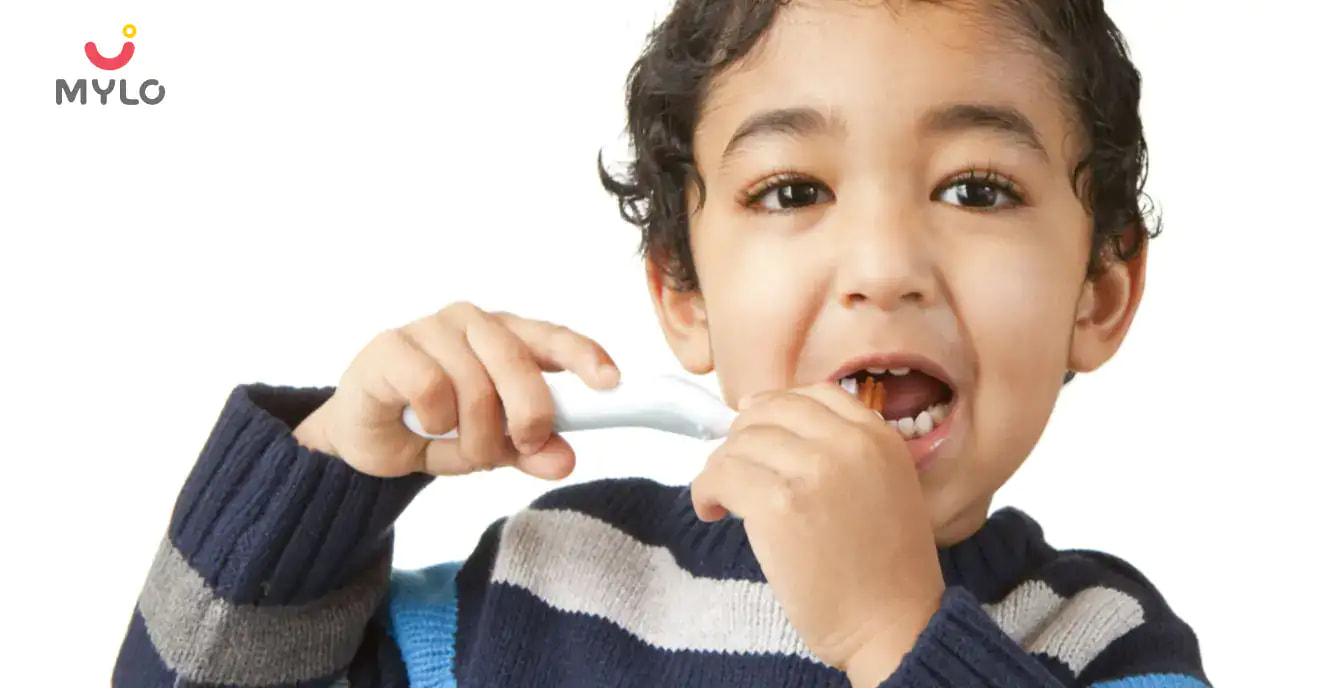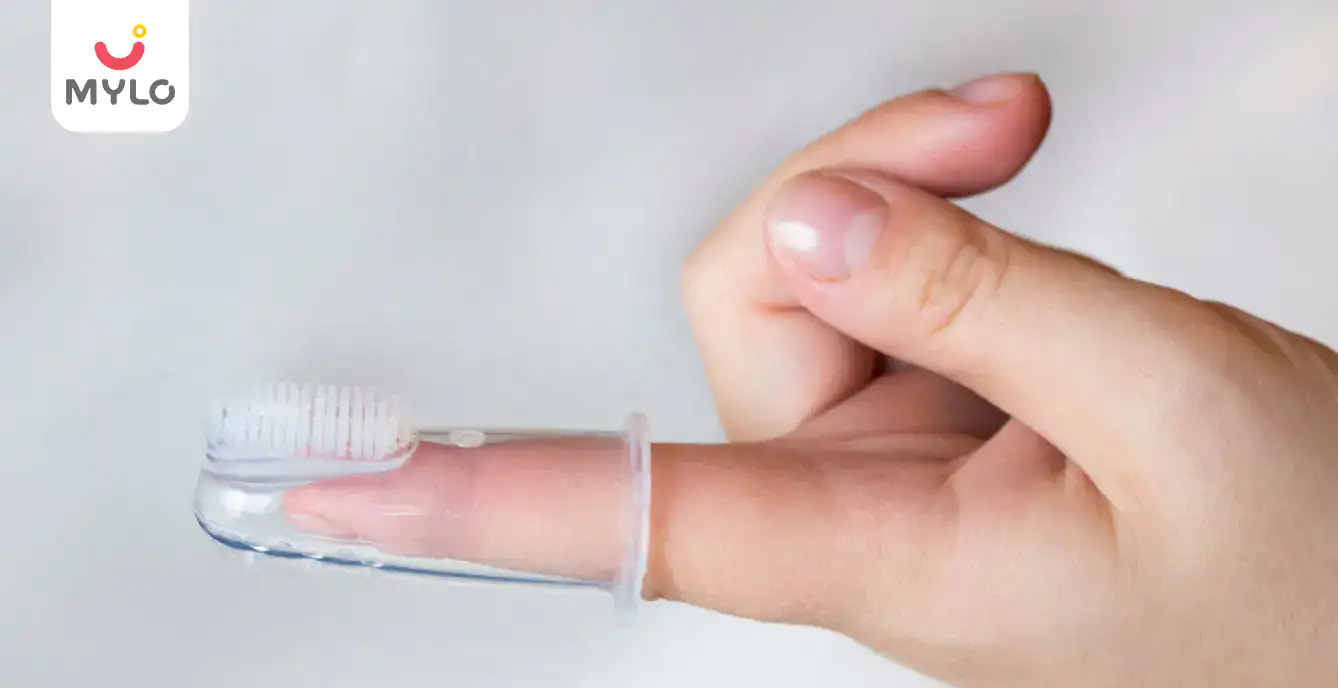Home

Teething

Toddler Teething: What to Expect and How to Help
In this Article

Teething
Toddler Teething: What to Expect and How to Help
Updated on 31 May 2024



Medically Reviewed by
Kusum Sabharwal
Obstetrician & Gynecologist - MBBS| DGO
View Profile

Teething might mean sleepless nights and crying sprees for some kids while others might just be drooling all over. As parents it can be confusing to identify the symptoms of teething and know how to help your baby. If you too are confused about teething symptoms, then read this article to know everything about toddler teething from symptoms to soothing measures. We will cover all the aspects like when does teething happen to babies and how long does teething last.
When Does Toddler Teething Usually Happen?
Teething is a natural process in which a baby’s primary or milk teeth appear. The age of teething may vary for babies, but you will observe your baby’s first tooth between the age of 4 to 7 months. However, you will be surprised to know it may start as early as 3 months or as late as baby’s first birthday. Let’s look at the teething timeline in more detail:
6 to 15 months
Do you know the first teeth to mark their presence are 2 bottom front teeth also called as central incisors? They are later followed by the front four upper teeth also called central and lateral incisors, by a gap of 4 to 8 weeks (about 2 months).
Now after about a month, the lower incisors (two teeth flanking the bottom front teeth) will mark their presence. The lateral incisors appear by the time the baby turns 9 months of age.
Rarely, there are some children born with one or two teeth or may have one within the first weeks of life. It is not a big concern if it does not interfere with normal feeding or have choking hazard.
You may also like: Baby Oral Care: When to Start Brushing Baby's Teeth
16 to 23 months
This is the time when a toddler’s pointed fang teeth mark their presence. Canines are placed between lateral incisors and first molars. The first ones to appear are usually the upper ones and then lower ones arrive.
Teething age is quite volatile but be sure to speak to your doctor if your child does not have any teeth by 16 to 18 months (about 1 and a half years) of age.
23 and 33 months
By the time your child is ready to blow three candles on the cake, a second molar on top and bottom begins to appear. The last set of molars will be there in 33 months (about 3 years), if not earlier. Your child will have a full set of 20 milk teeth till they reach 3 years of age.
You might just be wondering how long the milk teeth will last? Most kids lose their first milk tooth by the age of 6 years. The common rule is the early they come, the early they fall and so on. If teeth are late comers, then they will leave late as well.
How Long Does Teething Last?
One of the common questions parents ask is how long does teething last for babies. The process of teething usually begins when the baby is 6 to 10 months of age and may continue till the baby is 25 to 33 months.
It is hard to identify the exact amount of time it takes for a tooth to cut through the gums, but most health care professionals believe that it takes around 1 to 7 days per tooth.
Teething is not officially over till your baby gets his/her permanent molars. The first set of molars arrive around the age of 6 to 7 years of age and the next set of molars come around 12 to 13 years of age.
You may also like: A Parent's Guide to Teething Symptoms, Age, Chart & Remedies
Symptoms of Teething in Toddlers
Toddler teething is not easy as it seems, and it makes the babies (and so their mommies) fussy. The most common symptoms linked with teething are gum and jaw discomfort as the teeth prepare to erupt through the gum surface. Gums may appear red and swollen as the teeth move beneath the gum’s surface. You may observe the following symptoms during toddler teething:
-
Drooling or excessive saliva production
-
Irritability, restlessness and disturbed sleep
-
Changes in eating behaviors due to soreness of gums and jaw
-
Crankiness
-
Inclination to chew objects or fingers
-
Mild rashes around the mouth due to excessive saliva formation
-
Rubbing eyes or ear region due to referred pain especially when molars are erupting
While it is important to know about the symptoms of teething in toddlers for proper diagnosis and treatment. It is equally important not to fall prey to myths and misconceptions about toddler teething.
You may also like: Don't Fall for These 7 Common Teething Myths
Symptoms that are not caused (but believed) by teething
Teething is not linked to the following symptoms:
-
Fever especially high-grade above 101-degree Fahrenheit
-
Loose motions
-
Runny nose and cough
-
Increased fussiness
-
Rashes over the body
You may also like: A Parent's Guide on When to Use Teether for Baby
How to Soothe Your Teething Toddler?
Even the most happy and cheerful babies have a hard time during teething phase. As parents it is important to remain calm and soothe your teething toddler by the following ways:
1. Cold is gold
You can offer cold fruits like apples or desserts like yogurt to soothe the sore gums and jaws. Cold things may offer some temporary relief to the baby but remember not to offer frozen goods as they might irritate the gum further.
2. Teethers to the rescue
You can also offer cold teethers to offer some respite from the teething woes. But remember not to opt for frozen toys as they are too hard for your baby and may cause some harm. You can try Mylo’s Water-Filled Teethers that are made with 100% food-grade material, soothe sore gums, feature textured surface for gentle massage and can be refrigerated for extra relief.
3. Pills to set free
If your child is super cranky and feeling extremely uncomfortable, then you can resort to some pain-relievers. Always consult your doctor first and ensure to check the correct doses.
4. Massage a little
You can also use a finger toothbrush or your properly washed fingers to massage your little ones’ gums. This may soothe the irritated gums and may provide some relief to the baby.
5. Follow the same schedule
Don’t make too many adjustments in your baby’s bedtime routine as it may lead to more trouble making the baby sleep.
You may also like: Home Remedies for Teething Babies That Really Work
Key Takeaways
Toddler teething is a crucial milestone in a baby’s developmental phase. The challenging bit is, however, the presence of some accompanying symptoms like drooling, fussiness, mild rashes, and inclination to bite everything. Being aware is the key, as it helps the parents to know aspects like symptoms, how long does teething last and much more. Soothing measures may offer some relief to the baby and make the journey a little more pleasant for the babies as well as the parents.





Medically Reviewed by
Kusum Sabharwal
Obstetrician & Gynecologist - MBBS| DGO
View Profile


Written by
Madhavi Gupta
Dr. Madhavi Gupta is an accomplished Ayurvedic doctor specializing in Medical content writing with an experience of over 10 years.
Read MoreGet baby's diet chart, and growth tips

Related Articles
RECENTLY PUBLISHED ARTICLES
our most recent articles
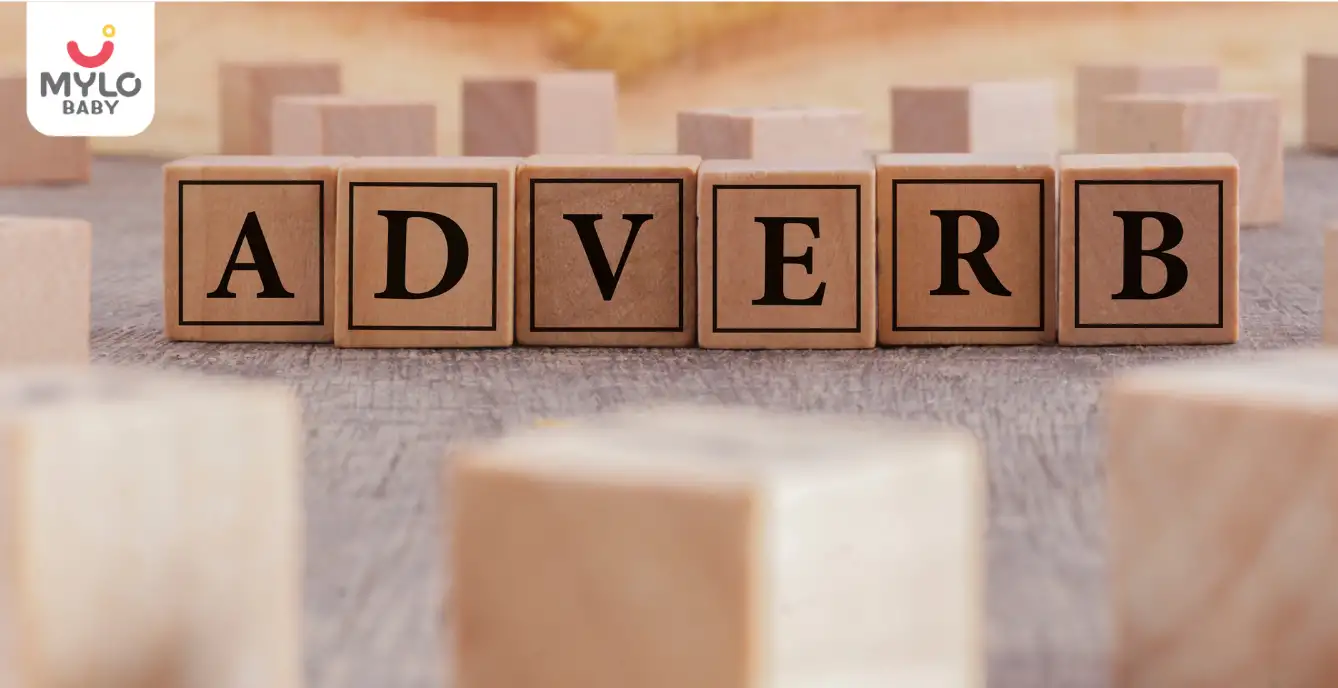
Early Education
Adverbs: A Comprehensive Guide to help small children learn the usage of adverbs

Early Education
Expand Your Child's Vocabulary with words that start with X: Easy, Positive, and Engaging Words, Animals, Countries, and Fruits
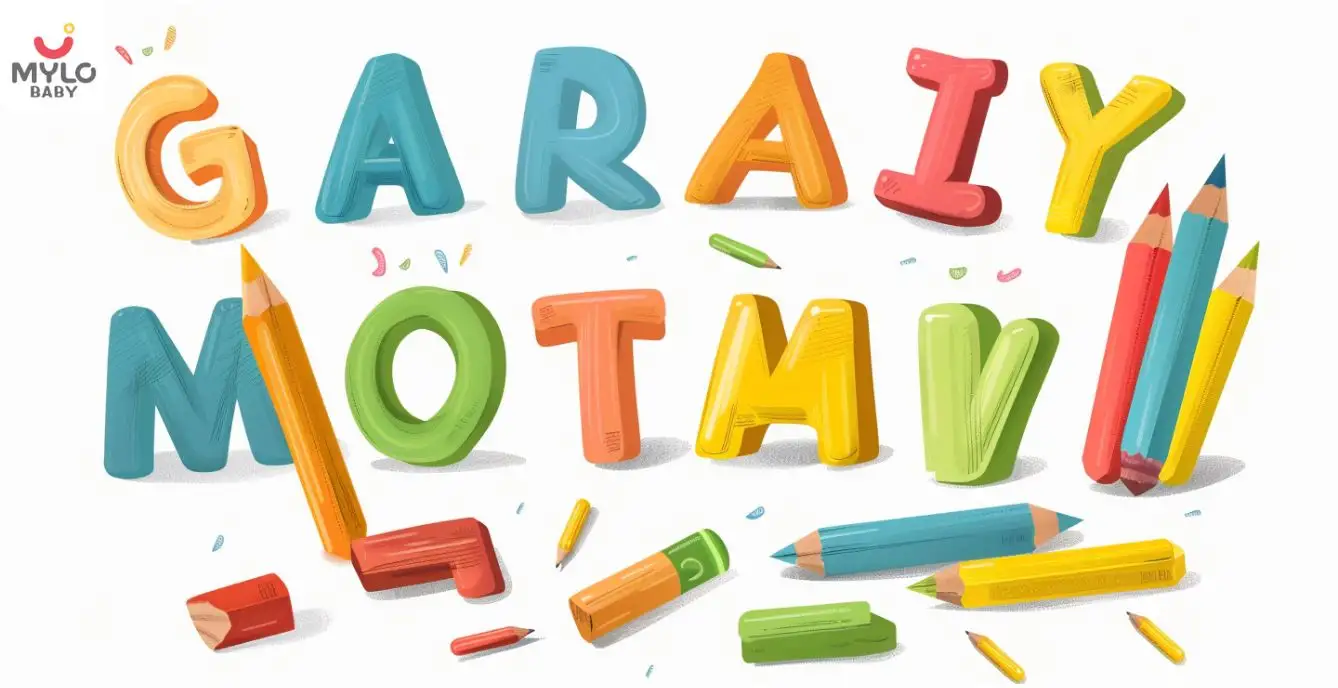
Early Education
Unlocking Language Proficiency: The Ultimate Guide to Top 100 Sight Words for Kindergarten and Beyond
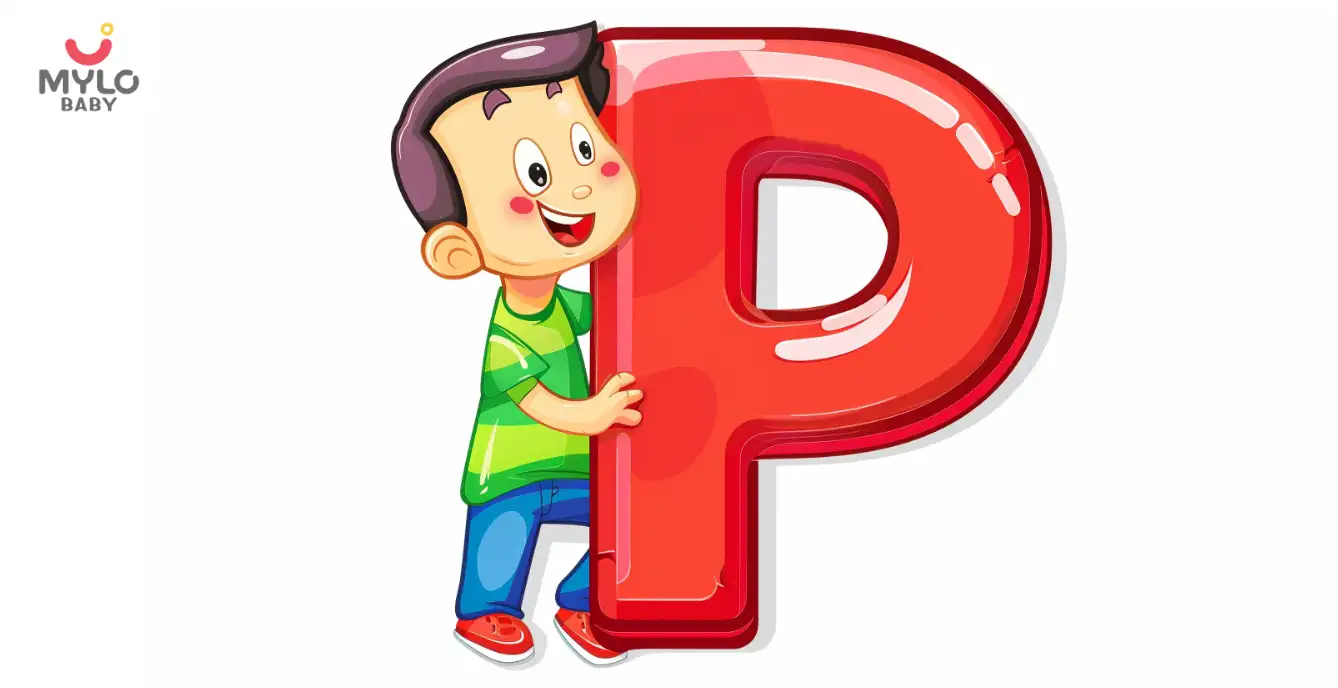
Early Education
Exploring Common Words that Start with P to Enhance Vocabulary in Small Children
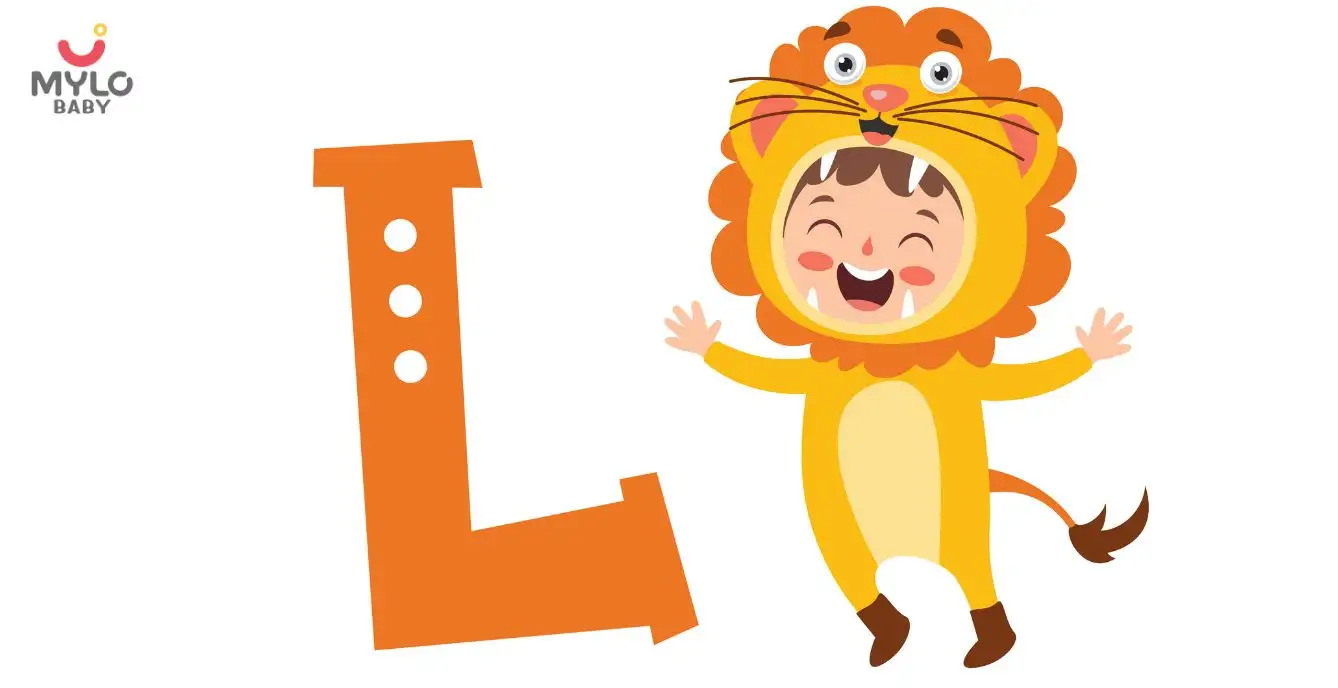
Early Education
100+ Common Words that start with L to Enhance the Vocabulary of Small Children
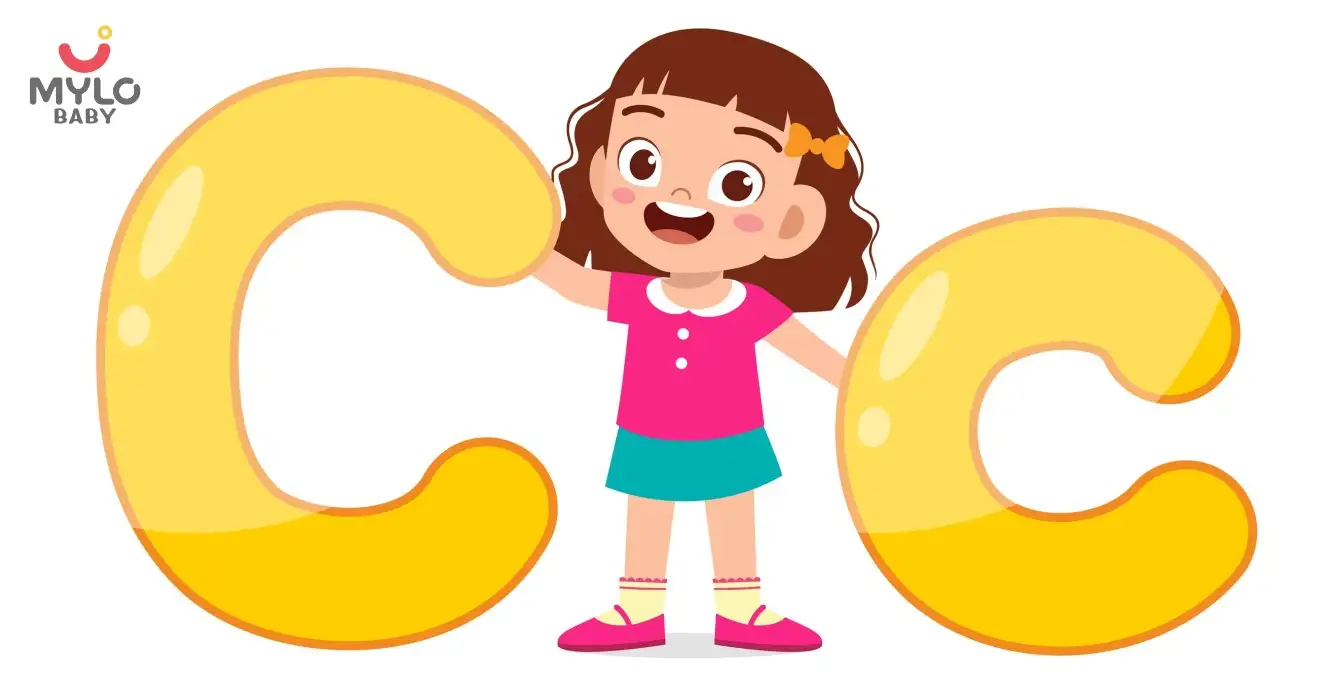
Early Education
100 Common Words that start with 'C' for Small Children
- List of 100+ Common Words that start with 'D' for Small Children
- Top 100 Baby Girl Names 2024
- The Ultimate Collection of Muslim Baby Girl Names and Their Meanings 2024.
- Top 100 Baby Boy Names 2024
- 100+ Collection of Baby Boy Names Hindu and Their Meanings 2024
- The Ultimate Collection of Baby Girl Names Indian 2024
- 100 Common Words that start with 'S' for enhancing vocabulary in small children
- List of Most Common Words that start with v for small children
- Common Words that start with n for enhancing learning in small children
- Words that start with O for early learning in small kids
- 100 Common words that start with 'R' for Small Kids
- 100 Common words that start with 'U' for Small Kids
- Common words that start with Y for Vocabulary Enhancement in Small Children
- List of Common Q Words to Enhance Small Children's Vocabulary


AWARDS AND RECOGNITION

Mylo wins Forbes D2C Disruptor award

Mylo wins The Economic Times Promising Brands 2022
AS SEEN IN
















- Mylo Care: Effective and science-backed personal care and wellness solutions for a joyful you.
- Mylo Baby: Science-backed, gentle and effective personal care & hygiene range for your little one.
- Mylo Community: Trusted and empathetic community of 10mn+ parents and experts.
Product Categories
baby carrier | baby soap | baby wipes | stretch marks cream | baby cream | baby shampoo | baby massage oil | baby hair oil | stretch marks oil | baby body wash | baby powder | baby lotion | diaper rash cream | newborn diapers | teether | baby kajal | baby diapers | cloth diapers |




